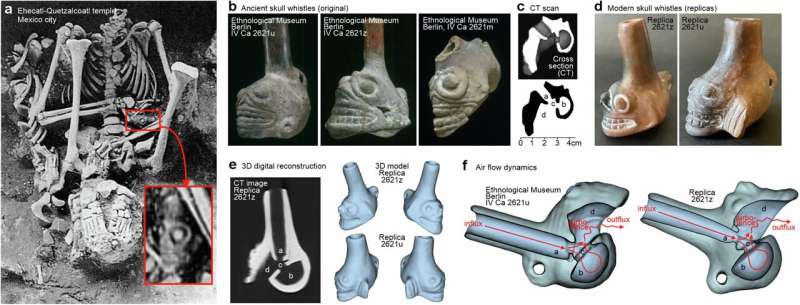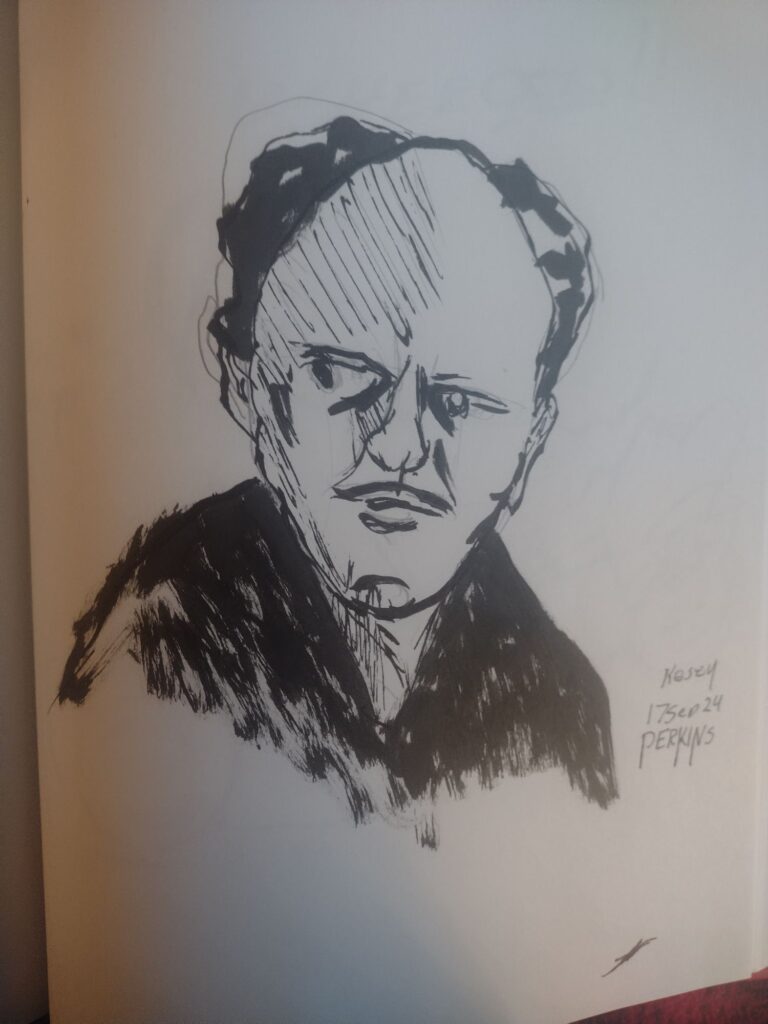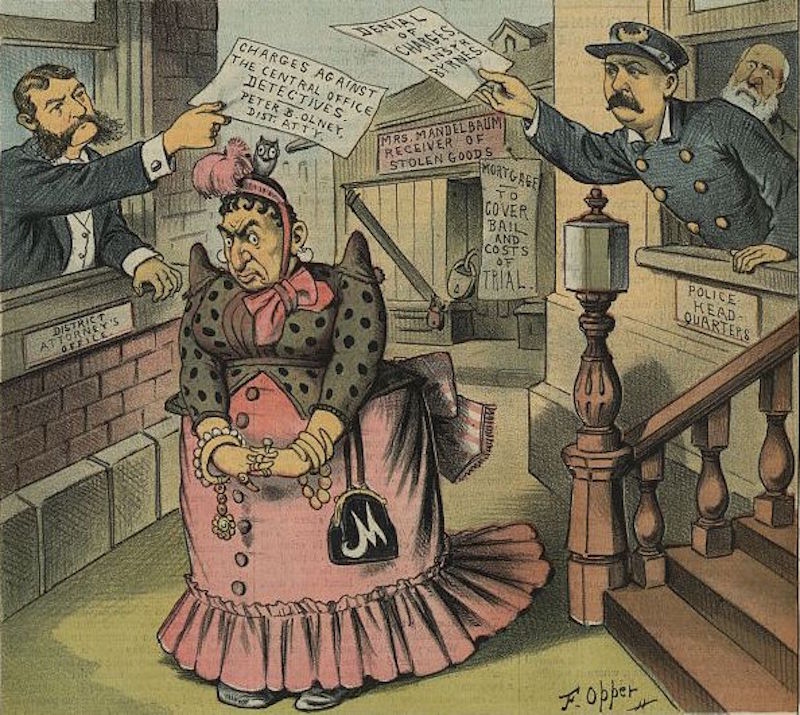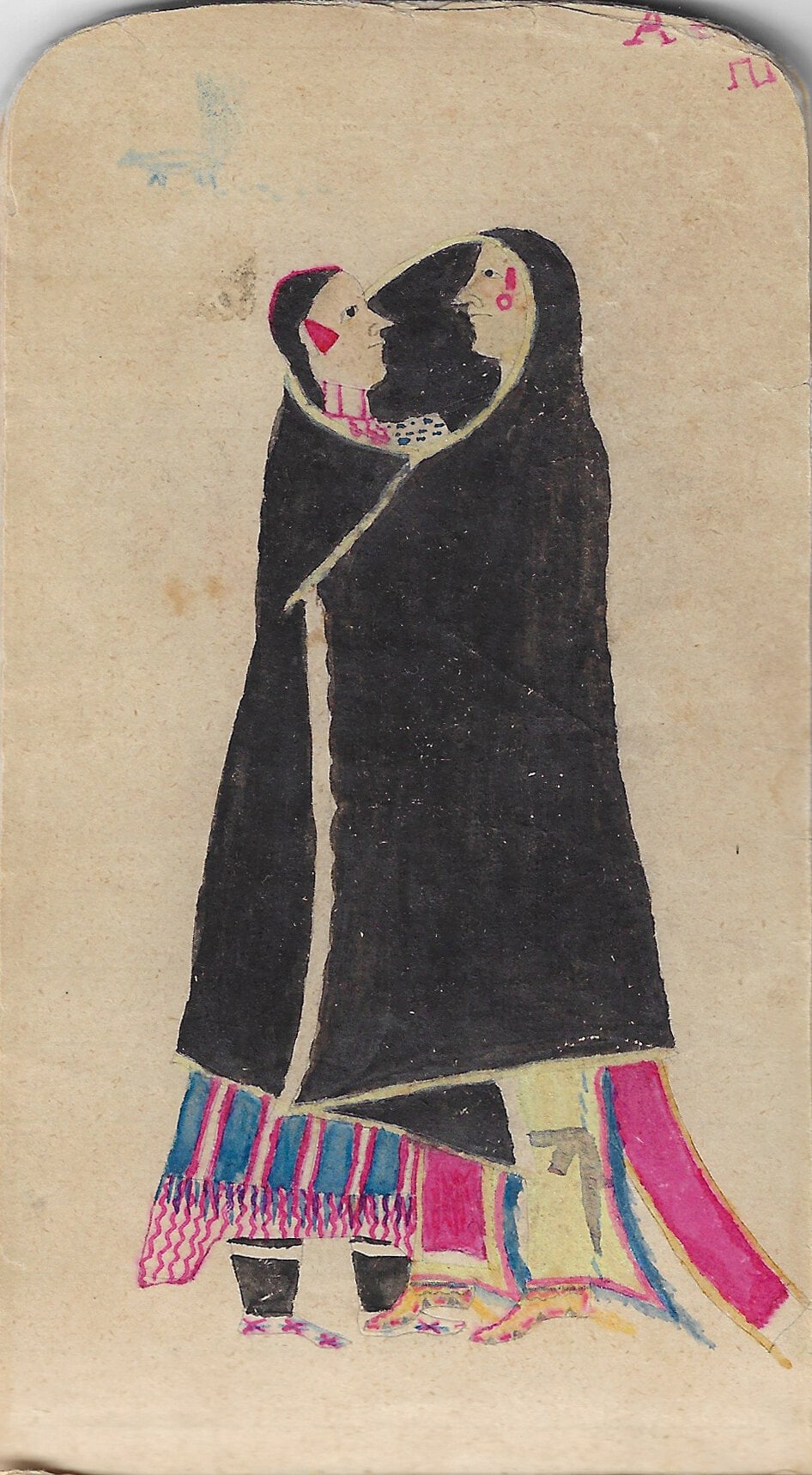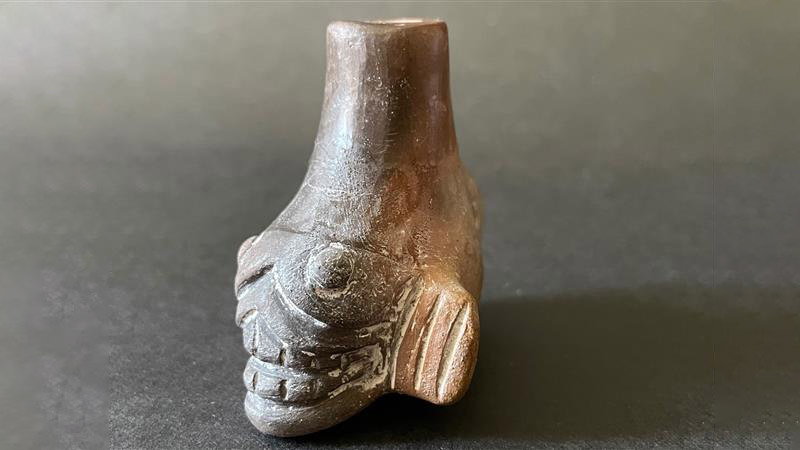
Many ancient cultures used musical instruments in ritual ceremonies. Ancient Aztec communities from the pre-Columbian period of Mesoamerica had a rich mythological codex that was also part of their ritual and sacrificial ceremonies. These ceremonies included visual and sonic iconographic elements of mythological deities of the Aztec underworld, which may also be symbolized in the Aztec death whistle. Their skull-shaped body may represent Mictlantecuhtli, the Aztec Lord of the Underworld, and the iconic screaming sound may have prepared human sacrifices for their mythological descent into Mictlan, the Aztec underworld.
Aztec death whistles have a unique instrumental construction
To understand the physical mechanisms behind the whistle’s shrill and screeching sound, a team of researchers at the University of Zurich led by Sascha Frühholz, Professor of Cognitive and Affective Neuroscience, created 3D digital reconstructions of original Aztec death whistles from the Ethnological Museum in Berlin. The models revealed a unique internal construction of two opposing sound chambers that create physical air turbulence as the source of the screeching sound. “The whistles have a very unique construction, and we don’t know of any comparable musical instrument from other pre-Columbian cultures or from other historical and contemporary contexts,” says Frühholz.
Death whistles very, very frightening
The research team also obtained sound recordings of original Aztec death whistles as well as from handmade replicas. Listeners rated these sounds as extremely chilling and frightening. The Aztec death whistle seems to acoustically and affectively mimic other deterring sounds. Most interestingly, human listeners perceived the sound of the Aztec death whistle to be partly of natural and organic origin, like a human voice or scream. “This is consistent ith the tradition of many ancient cultures to capture natural sounds in musical instruments, and could explain the ritual dimension of the death whistle sound for mimicking mythological entities,” explains Frühholz.
Affective response and symbolic association
The Aztec death whistle sounds were also played to human listeners while their brains were being recorded. Brain regions belonging to the affective neural system responded strongly to the sound, again confirming its daunting nature. But the team also observed brain activity in regions that associate sounds with symbolic meaning. This suggests a “hybrid” nature of these death whistle sounds, combining a basic psychoaffective influence on listeners with more elaborate mental processes of sound symbolism, signifying the iconographic nature.
Connecting modern humans with Aztec audiences
Music has always had strong emotional impact on human listeners in both contemporary and ancient cultures, hence its use in ritual religious and mythological contexts. Aztec communities may have specifically capitalized on the frightening and symbolic nature of the death whistle sound to influence the audience in their ritual procedures, based on the knowledge of how the sound affects modern humans. “Unfortunately, we could not perform our psychological and neuroscientific experiments with humans from ancient Aztec cultures. But the basic mechanisms of affective response to scary sounds are common to humans from all historical contexts,” says Frühholz.
Acoustic sound samples: https://caneuro.github.io/blog/2024/study-skullwhistle/
Literature
Frühholz S, Rodriguez P, Bonard M, Steiner F, Bobin M (2024), Psychoacoustic and archeoacoustic nature of ancient Aztec skull whistles. Communications Psychology. 11 November 2024. DOI: https://doi.org/10.1038/s44271-024-00157-7
I actually have four of these.
Source: Death Whistle | | UZH
Here’s the sounds they make:
